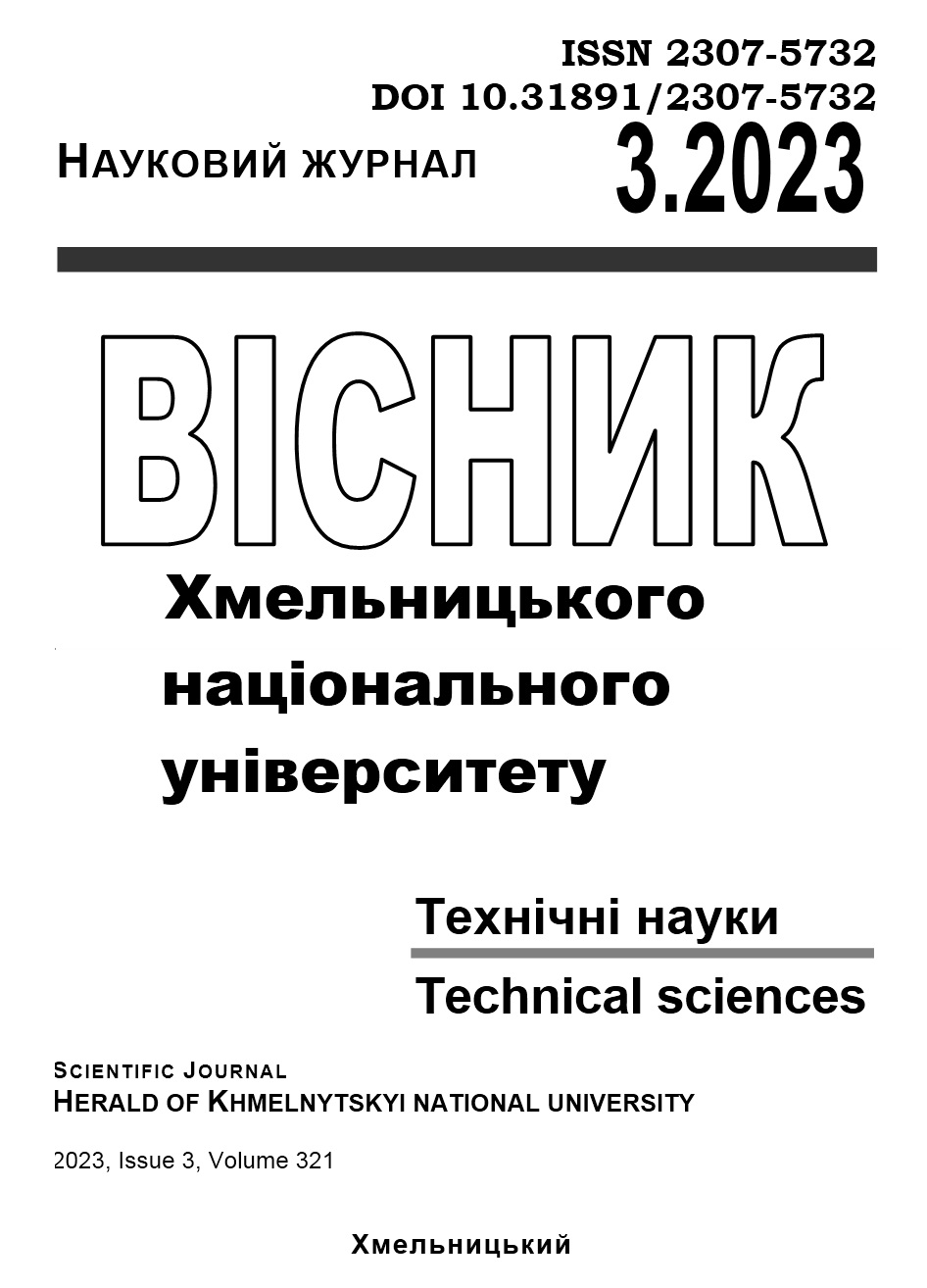EFFICIENCY OF USING THE COMBINED SOIL PROCESSING UNIT DEPENDING ON DIFFERENT TYPES SOIL
DOI:
https://doi.org/10.31891/2307-5732-2023-321-3-60-63Keywords:
soil, aggregate, model, tillage, mathematical model, indicators, tillage aggregate, roller, soil parameters, working bodiesAbstract
The article examines different types of soil, such as sandy, clayey and loamy-sandy, and determines the optimal mode of operation of the unit for each type of soil. The study was conducted by comparing the results of the combined tillage unit on different types of soil. Performance indicators such as tillage depth, unit speed and tillage quality were measured. The obtained results indicate that the efficiency of using the combined tillage unit depends significantly on the type of soil. For sandy soil, it is most effective to use a mode with a high speed of movement of the unit, while for clay soil, a mode with a reduced speed of movement and a greater processing depth is optimal. For loamy-sandy soil, it was found that the optimal operating mode is a combination of movement speed and processing depth. Therefore, the results of the study confirm the need to take into account the type of soil when choosing the optimal mode of operation of the combined tillage unit, which is an important factor for ensuring the efficient operation of the equipment and obtaining the maximum yield. The study also found that soil moisture affects the efficiency of using a combined tillage unit. For sandy soil, it was established that an increase in soil moisture reduces the efficiency of the unit, while for clayey and loamy-sandy soil, an increase in moisture can positively affect the quality of processing.
Downloads
Published
Issue
Section
License
Copyright (c) 2023 ВОЛОДИМИР КЮРЧЕВ (Автор)

This work is licensed under a Creative Commons Attribution 4.0 International License.

